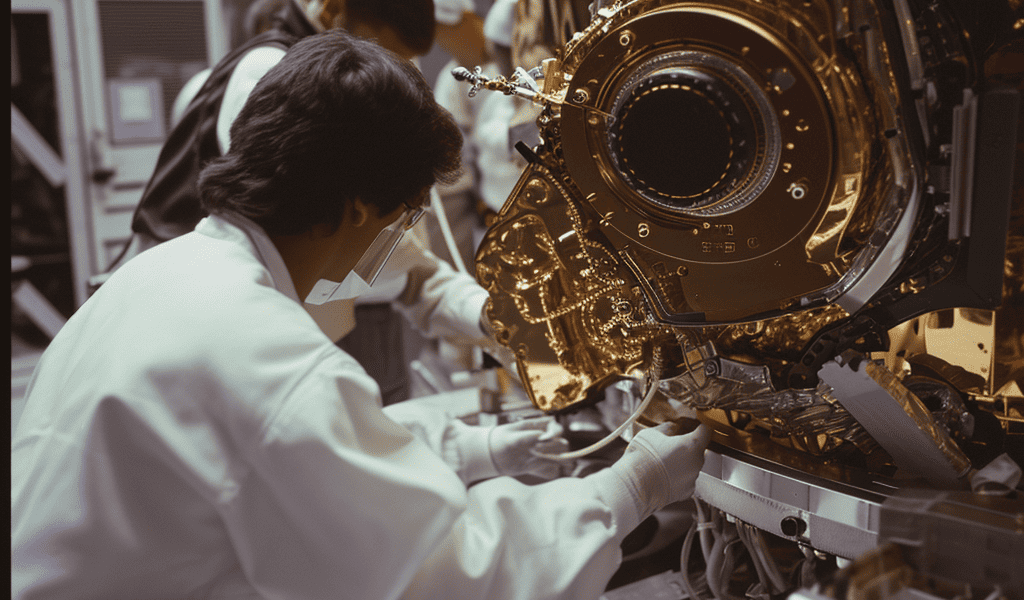University of Colorado Boulder’s IDEX Instrument Sent to Maryland for Installation on NASA Spacecraft
An instrument developed by a team at the University of Colorado Boulder has been sent to Maryland to be installed on a NASA spacecraft, marking a significant milestone in space exploration. The Interstellar Dust Experiment, known as IDEX, is set to be the first of 10 instruments to be installed on NASA’s Interstellar Mapping and Acceleration Probe (IMAP) spacecraft. The IMAP spacecraft is slated for launch in the spring of 2025 with the primary objective of studying the sun’s heliosphere, a magnetic bubble that envelops and shields the solar system.
During the course of its two-year mission, IDEX will conduct an in-depth analysis of hundreds of interstellar dust particles that enter the solar system. These particles, originating from supernova explosions, have undergone transformations during their journey through interstellar space. Nevertheless, they remain the closest material available for comprehending the original building blocks of the solar system, as explained by Mihály Horányi, a principal investigator on the project.
The deployment of IDEX represents a significant step forward in our understanding of the universe and the origins of our solar system. The University of Colorado Boulder’s pivotal role in this mission underscores its commitment to advancing scientific exploration and discovery in the field of space research.





